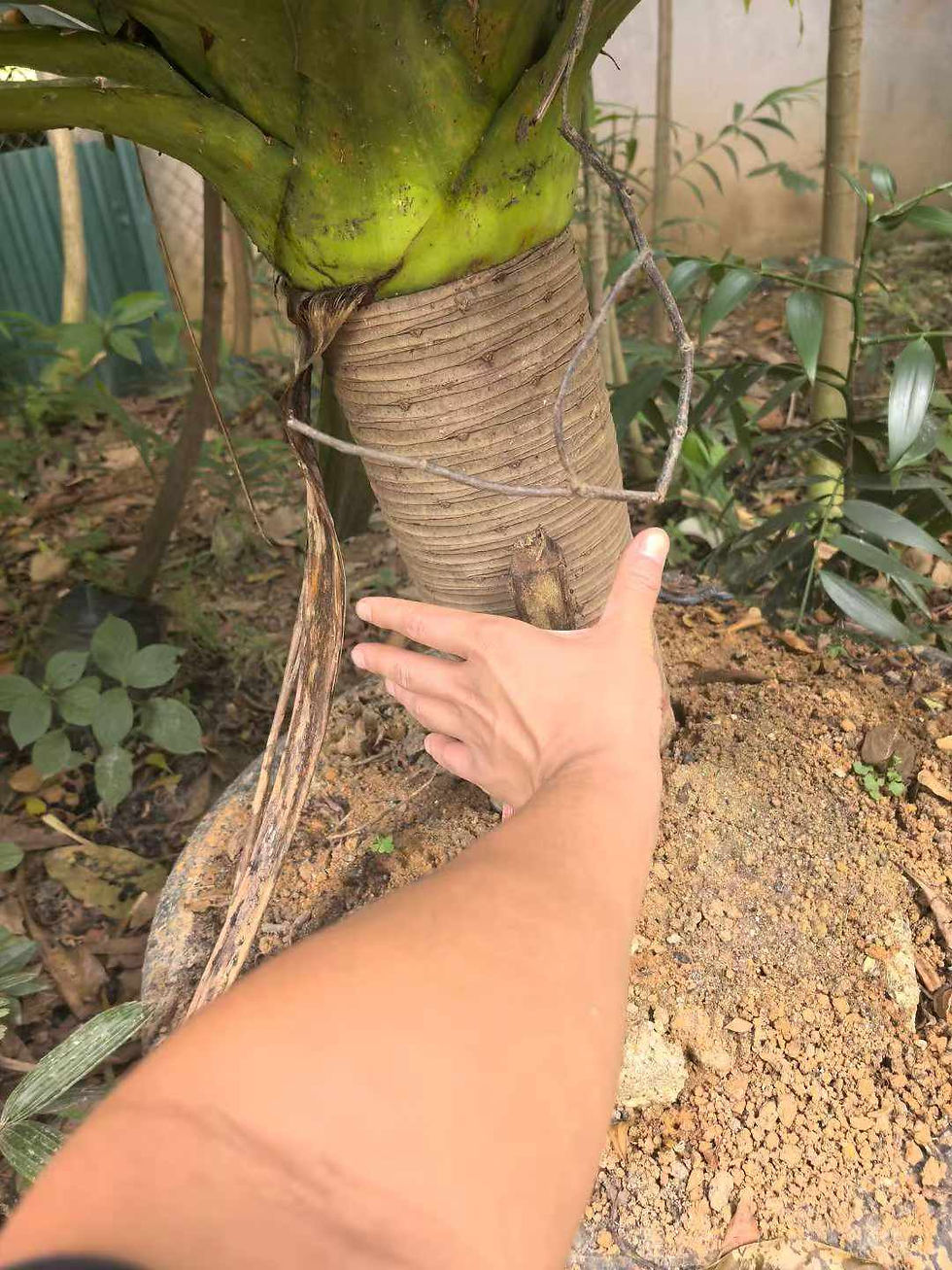Cynanchum officinale
Taproots rather fleshy. Stems twining to 4 m, pubescent along 1 line when young. Leaves opposite; petiole 2-6 cm, pubescent; leaf blade ovate or ovate-oblong, 5-12 × 3-7.5 cm, thin papery, glabrous or puberulent, ciliate, base cordate with rounded sinus, apex acuminate; basal veins 3-5 or more. Inflorescences sometimes axillary, umbel-like, 1-8 cm, 10- to many flowered; peduncle 1-2 cm, pubescent. Pedicel 7-10 mm, pubescent. Sepals ovate-oblong, ca. 2 × 0.8 mm, puberulent; basal glands 5. Corolla reflexed; tube ca. 1 mm; lobes oblong, 4.5-5 × ca. 1.8 mm, glabrous outside, minutely villous inside. Corona deeply 5-lobed; lobes ovate, drying darker than corolla, fleshy, as long as or slightly longer than gynostegium, with a rounded, ligulate, adaxial appendage. Pollinia oblong. Follicles divaricate, lanceolate in outline, to 7.5-11 cm × 8-10 mm, with 2 narrow ridges running the whole length, glabrous. Seeds oblong-ovate, apex truncate; coma ca. 2 cm. Fl. May-Aug, fr. Jul-Nov. 2n = 22.
* Thickets, open woods; 1000-2800 m. Anhui, Gansu, Guangxi, Guizhou, Hubei, Hunan, Jiangxi, Shaanxi, Sichuan, Yunnan
The roots are used medicinally for epilepsy, hydrophobia, and detoxifying viper bites.

































